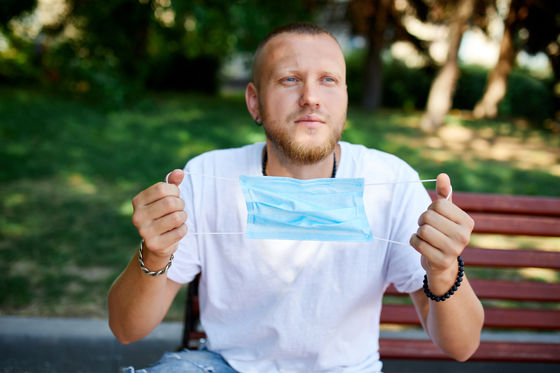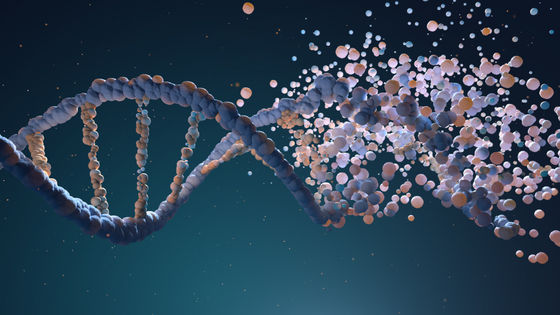What happened when a case of simultaneous infection with 'two mutant strains' of the new coronavirus infection occurred?

In Brazil, where there is concern about the spread of
Pervasive transmission of E484K and emergence of VUI-NP13L with evidence of SARS-CoV-2 co-infection events by two different lineages in Rio Grande do Sul, Brazil --Abstract --Europe PMC
https://europepmc.org/article/ppr/ppr273817
Coronavirus: what happens when a person is simultaneously infected with two variants?
https://theconversation.com/coronavirus-what-happens-when-a-person-is-simultaneously-infected-with-two-variants-154748
On January 26, 2021, Brazilian researchers described a case of a new coronavirus infection (COVID-19) in Rio Grande do Sul, saying, 'Two patients belong to different strains of SARS. -I was infected with a mutant strain of CoV-2 at the same time. ' For the new mutant strain identified by this, the researchers named it 'VUI-NP13L' as a tentative name until the details became clear.
Both patients who were infected with the two mutants at the same time were in their thirties, and one was diagnosed as 'no need for hospitalization', confirming a complete recovery immediately. The other person also had symptoms such as headache, cough, and sore throat, but healed without becoming severe.

According to Maitreyi Shivkumar, who teaches molecular biology at De Montfort University in the United Kingdom, viruses constantly change gene sequences and repeat mutations, while SARS-CoV-2 has a higher incidence of mutations. It is very low compared to other
Despite the low mutation rate of SARS-CoV-2, there were cases of co-infection with different mutant strains in Brazil. There are two possible patterns for this phenomenon called ' coinfection ': 'the virus mutated in the patient's body' and 'simultaneously infected with different mutant strains'. 'B.1.1.28' Since the strains of 'VUI-NP13L' and 'VUI-NP13L' are different, Shivkumar thinks that the infected cases in Brazil may be the latter pattern.
Regarding the significance of the confirmed serious infection of SARS-CoV-2, Shivkumar said, 'A report from Brazil raises concerns that SARS-CoV-2 may cause new mutations more rapidly. When individual viruses infect the same cell, the genomes may switch to new gene sequences. This phenomenon, called gene rearrangement , can also occur in SARS-CoV-2. Because it came out. '

In fact, there have been cases in the past where the virus was mutated by reassortment, resulting in a serious situation. One of them is the pandemic caused by the H1N1 subtype influenza virus, commonly known as ' new influenza ', which has been occurring since 2009. According to Shivkumar, the new strain of influenza was also caused by the reassortment of human, bird, and porcine influenza viruses. It is also speculated that SARS-CoV-2 may have acquired infectivity to humans by genetic recombination of the coronavirus that had spread among animals.
'There is no evidence so far that simultaneous infection with two mutant strains can lead to aggravation,' Shivkumar said of an infected case in Brazil. It's very rare in itself, yet scientists like Brazil to see the emergence of new mutants of concern and the effectiveness of vaccines against them. It will be necessary to closely monitor the cases. '
Related Posts:
in Science, Posted by log1l_ks







